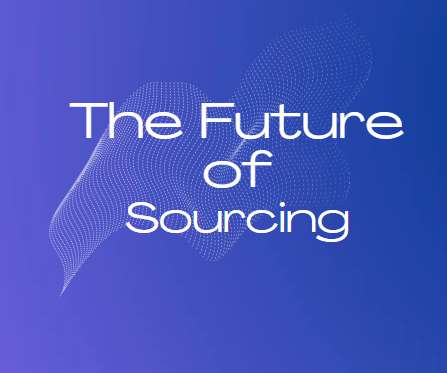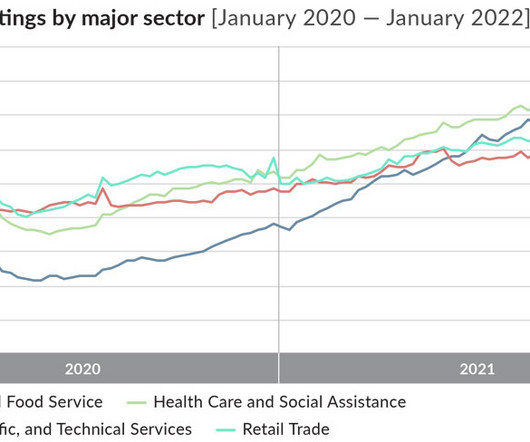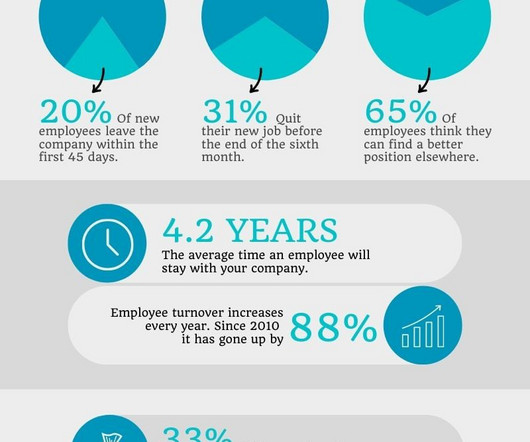The Future of Sourcing and AI Intelligence
WizardSourcer
JANUARY 29, 2023
The future of talent acquisition in 2030 remains uncertain, as technology continues to evolve and change the way we work. How will the idea of work change by 2030? In 2030, work is likely to be more flexible, technology-driven and focused on remote collaboration. Decline of the college degree? An older workforce?





















Let's personalize your content